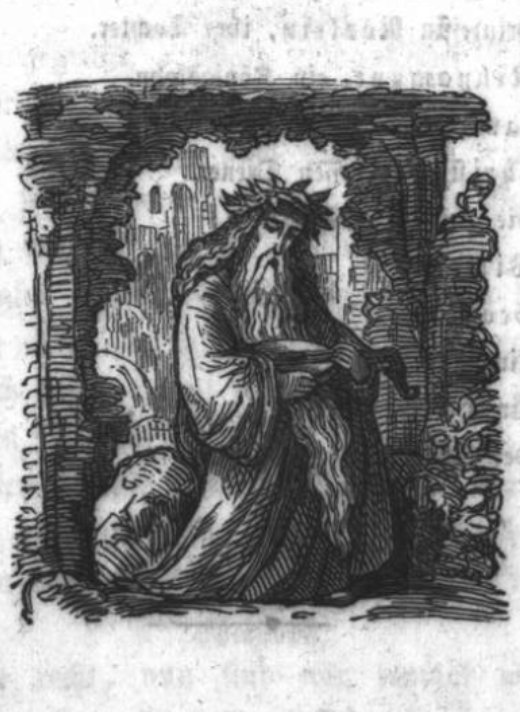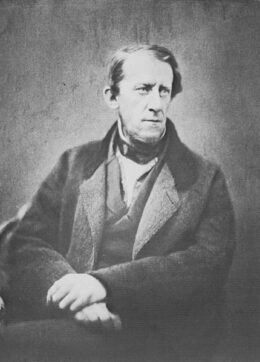
Printed
63 pages
Author(s)
Dornröslein
Pocci illustrated the tale of Sleeping Beauty in the almanac for children Festkalender in Bildern und Liedern (1834-1859). He returns to it in this puppet play. The figure of the poet Lautenklang (“Lute Sound”) introduces, in the rewriting of the tale, a discourse on literature itself, and a theatrical mise en abyme. Searching for a dramatic topic, Lautenklang follows and comments on the entirety of the plot development. In the third act, he lives as a hermit in front of the castle, waiting for the denouement, so that he can finally die. His servant, Christoph, plays opposite him in a more burlesque tone, parodying Hamlet’s monologue in a scene where he asks himself whether to drink or not to drink.
A princess who fell under a spell is freed by her Prince Charming
Wiltrud and Scohlint, the bad witches, make Princess Röslein (or Dornröslein, “Thorn Flower”) fall asleep, along with the whole court of King Purpur and of Queen Hermelin, by pricking her finger on a distaff when she turns fifteen. The fairy Sconea mitigates the curse by promising that it will turn into a blessing. Years later, the knight Minnamunt finds the bewitched castle, defeats the giant Schlafdorn (“Sleeping Thorn”) who was guarding the gates and wakes the princess and her court.
First performance
Münchner Marionettentheater
Publications and translations
Franz Pocci: Lustiges Komödienbüchlein, München, J.J. Lentner, 1859
Franz von Pocci: Lustiges Komödienbüchlein 1, "Editio Monacensia", hrsg. von Ulrich Dittman und Manfred Nöbel, München, Allitera Verlag, 2007
